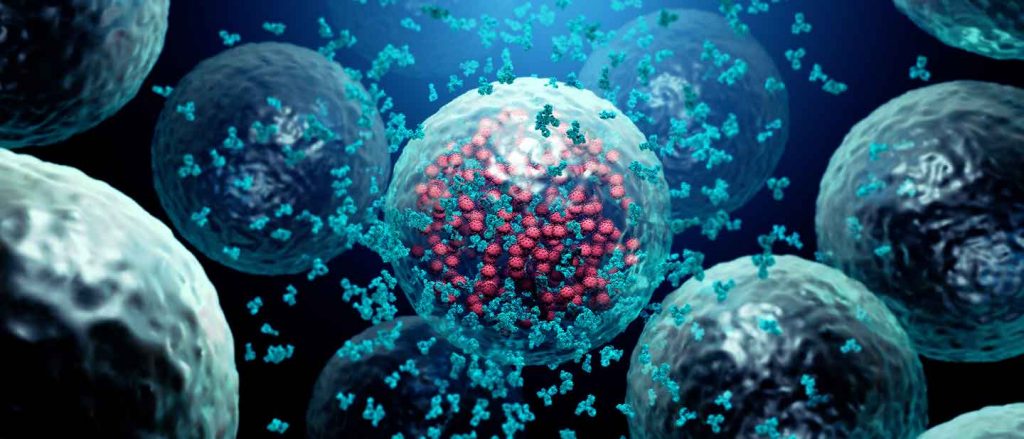As discussed in chapter 2, except for small peptides and short oligonucleotides, which can be synthesised chemically, the majority of biopharmaceuticals are made by, or extracted from, living cells. Differences in manufacturing between the biosimilar and reference biopharmaceutical can influence potentially clinically significant characteristics (Chapter 1).
Biologic manufacturing is closely monitored so molecular changes to the product do not result in negative patient outcomes over the lifecycle of the originator. In similar fashion, the focus of the biosimilar approval pathway is to provide assurance that slight differences of production do not impact its clinical performance compared with the originator biologic. Failure to demonstrate comparability to the originator is the most common reason for denying approval of a biosimilar marketing application.
Some principles of regulatory demands for novel candidate biosimilars in various regions around the world (i.e. UK, EU, Canada, Japan) are summarised in this chapter. Because the biopharmaceuticals landscape is a rapidly developing and innovative scientific, medical, and legislative scenario responsive to ever-changing societal needs, the reader is urged to keep abreast of continual updates to local regulations for biosimilar approvals.


